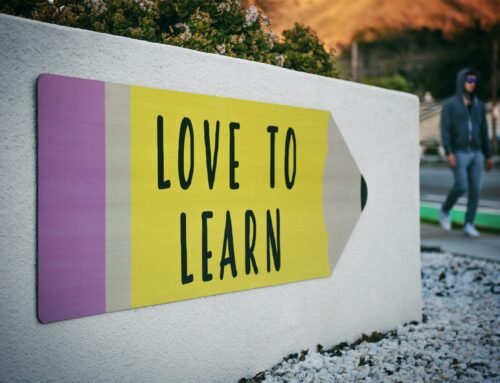What is a 360° Review?
Imagine if those who worked closely with you could give you direct, professional and unemotional feedback on what it is like to work with you. This privileged event is the heart of a 360° review and allows one to reflect on how others see them and use this to grow and improve. It is called a 360° because the feedback can come from all angles – Direct Reports, Peers, Managers, Customers – whoever is relevant really. The results of a 360° review come neatly packaged and designed to highlight the key focus areas of growth and of celebration. The value of the review is in some way determined by the openness of the Self (the person at the center of the review), and while there is always vulnerability in receiving honest feedback, the benefits of a 360° massively outweigh the slight discomfort.
How does the confidentiality aspect work?
In general, 360° review are anonymous, and there are no names in the report. Results are aggregated into categories of rater – for example all the data from Peers are aggregated as a single group and presented as such. Of course, if there is only one person in a category, like a manager, then the Self will know how their manager rated them. Arguably all employers in an organisation should know what their managers think of them. Self’s also know who their peers and direct reports are as a group, so the confidentiality is not absolute. Having said that, the idea and spirit of a 360° is not to try figure out who said what, but rather to open oneself up to hear the feedback as un-defensively as possible.
How many voices should there be in a 360°?
We recommend about 4-5 people per rater type. We always encourage our clients to select the individuals with whom they work most closely. The most accurate responses will be from those who one engages with frequently. Nominating too big a sample tends to dilute the results, having too few, can skew them as well, which is why the sweet spot of 4 to 5 works best. If one includes Manager, Self, Peers and Direct Reports, it is common to have 10 – 15 voices in a 360°.
How are 360° results presented?
There can be several levels of reporting, starting with an Individual report. This lays out detailed findings pertaining to the Self. From high level metrics such as overall rater averages and results per broad category (e.g. Interpersonal) the report drills down to individual items. The report will extract key strengths and development areas, as well as hidden strengths and blind spots. The individual report also contains all the open-ended qualitative responses from each reviewer (anonymously of course).
If a 360° review has been done on a group, then organisational or departmental or any useful segment (such as race or gender) can also be extracted. This level of reporting will indicate the areas where the group segment is highest and lowest. It can show which items were consistently scored low, and it can do this by rater category. For example, what items did the managers from Sales consistently rate low. There is so much to discover in group level reports that we often do them by means of interactive dashboards, so that key stakeholders in the organisation can explore the areas of interest to them. Group results can be particularly useful for providing direction to Learning and Development specialists.
Authors: Dr Hilton Rudnick and Carli Myers





